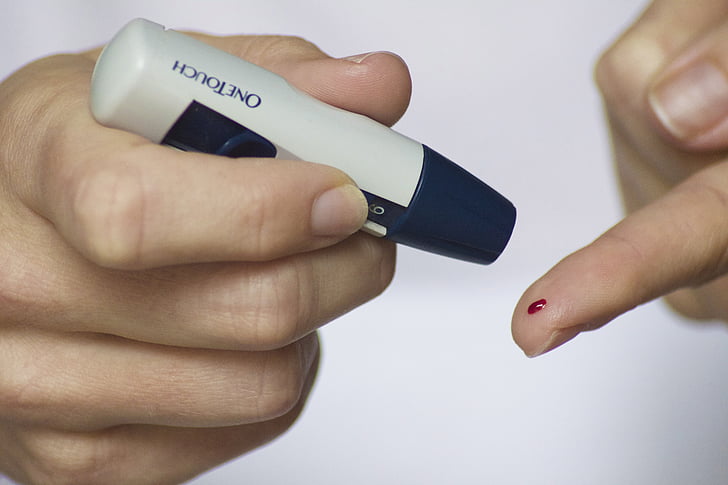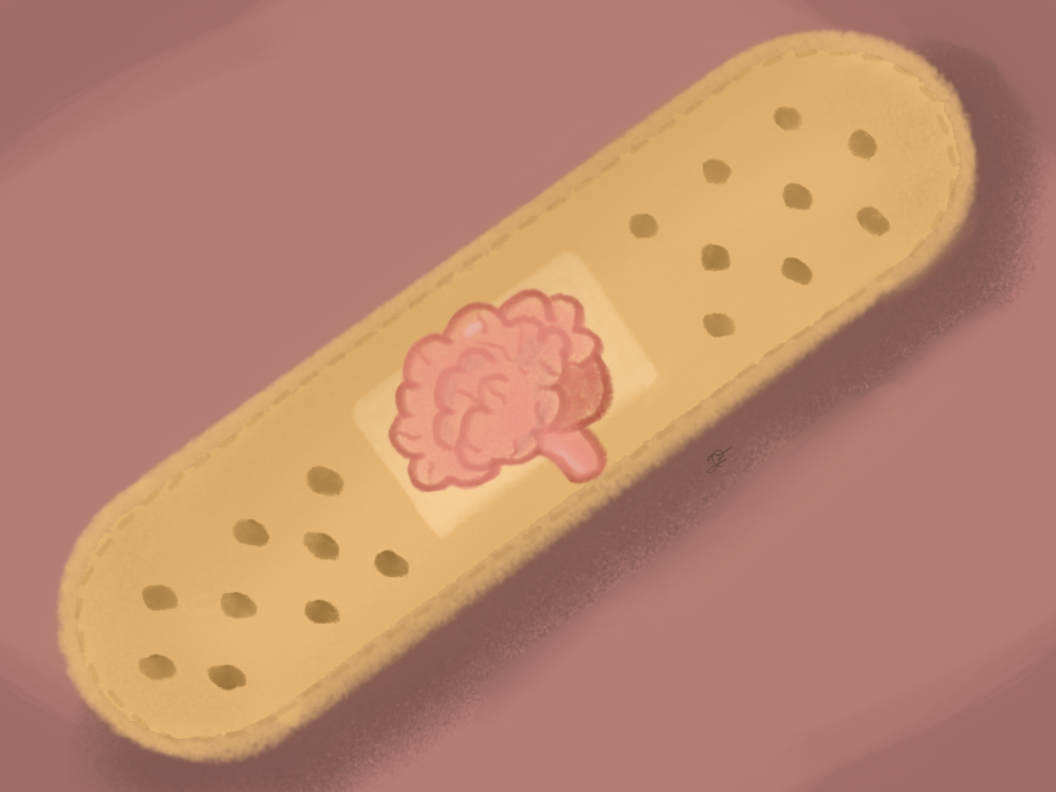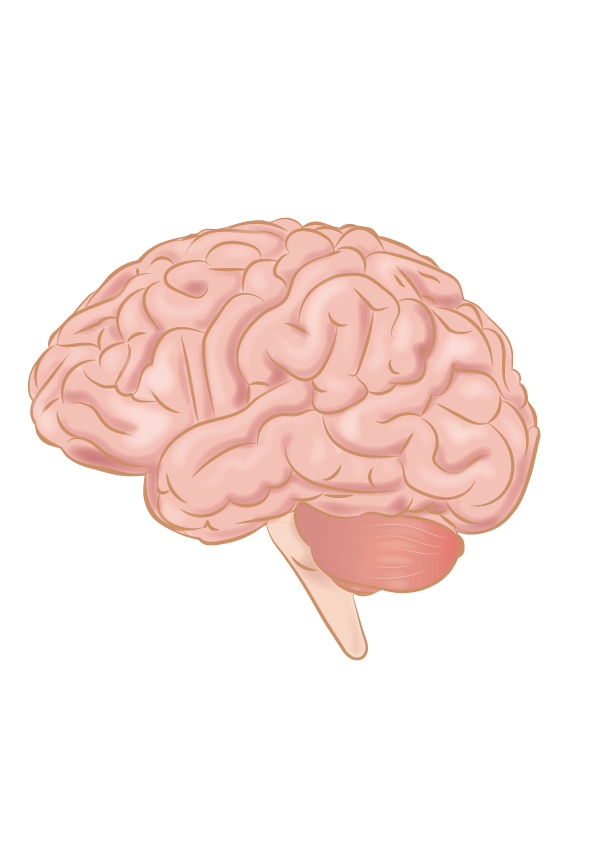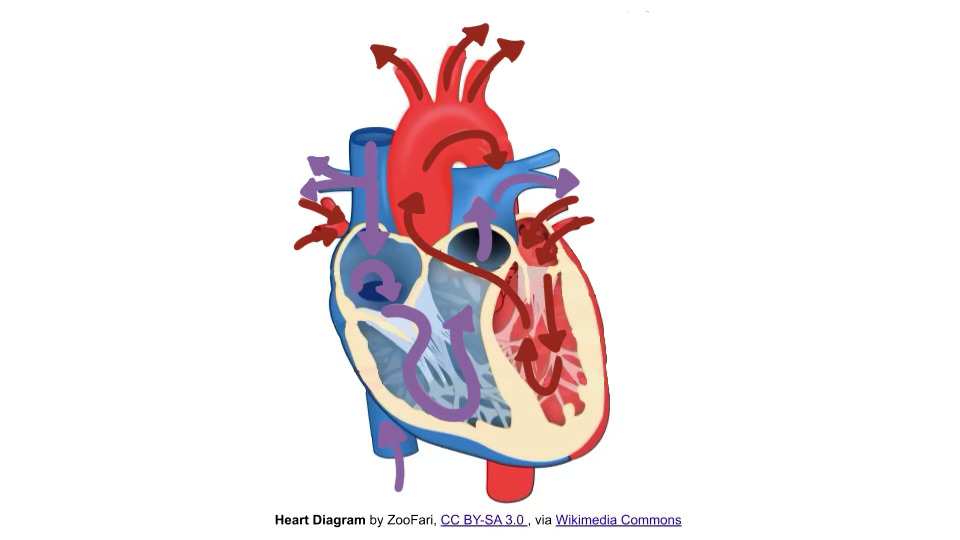In a medical breakthrough, a 25-year-old woman from China achieved insulin independence through a pioneering stem cell procedure that could transform the treatment landscape for type 1 diabetes.
This groundbreaking therapy, spearheaded by Deng Hongkui and his research team at Peking University in Beijing, allowed the patient, who had relied on insulin injections for over a decade, to produce her own insulin.
Type 1 diabetes is a chronic autoimmune condition where the body’s immune system attacks insulin-producing beta cells in the pancreas. For patients like the woman from Tianjin, China, this necessitates a lifetime of managing blood sugar levels through insulin injections or pumps. While insulin therapy is effective, it comes with the constant burden of monitoring blood sugar, calculating doses and the risk of hypoglycemia.
Traditional treatments, such as islet cell transplants, have offered some hope but remain impractical for most patients. However, islet cell transplants require donor cells, which are in short supply, and patients must take lifelong immunosuppressants to prevent their bodies from rejecting the foreign cells. This makes it a treatment available to only a select few.
However, the technique employed by Deng and his team could offer a more viable, long-term solution.
The procedure involves extracting stem cells from the patient’s fat tissue, reprogramming them into pluripotent stem cells, or cells that have the potential to develop into any type of cell in the body and transforming them into insulin-producing islet cells.
These reprogrammed cells were injected into the woman’s abdominal muscles rather than the liver, the traditional site for islet transplants, allowing the researchers to closely monitor their activity through MRI scans.
Within just two and a half months of the transplant, the woman was able to stop using insulin injections entirely. Her blood sugar levels stabilized, and she has remained insulin-free for over a year.
This marks the first time a patient with Type 1 diabetes has been able to generate their own insulin using stem cells from their own body.
One potential conflicting factor is that the woman had already been on immunosuppressants due to a previous liver transplant. This makes it difficult for researchers to determine whether her body’s acceptance of the reprogrammed cells was due to the stem cell therapy itself or the medications she was already taking. Future trials aim to clarify this and other uncertainties.
Moreover, while this method is promising, scaling it up for broader public use will require extensive research and development. There are still challenges in ensuring that the reprogrammed cells can consistently produce insulin long-term and across a diverse patient population.
This procedure represents a significant leap forward in the search for a long-term cure for Type 1 diabetes.
Deng’s team plans to expand their trials, with two additional patients having already undergone the procedure and more scheduled to participate. The research team is optimistic that this approach could eventually become a mainstream treatment option for the millions of people worldwide living with Type 1 diabetes.
If these larger trials are successful, stem cell therapy could fundamentally change how Type 1 diabetes is treated, moving from insulin dependence toward a more permanent solution. This would improve the quality of life for patients and reduce the long-term healthcare costs associated with managing the chronic condition. Current estimates of the financial burden incurred by a patient with Type 1 diabetes hover around $500,000 throughout a lifetime.
As research continues, the possibility of stem cell therapy becoming a widely available treatment for Type 1 diabetes appears more promising than ever.
Categories:
In world’s first, stem cell therapy cures Type 1 diabetes in case study
October 21, 2024
1
More to Discover








